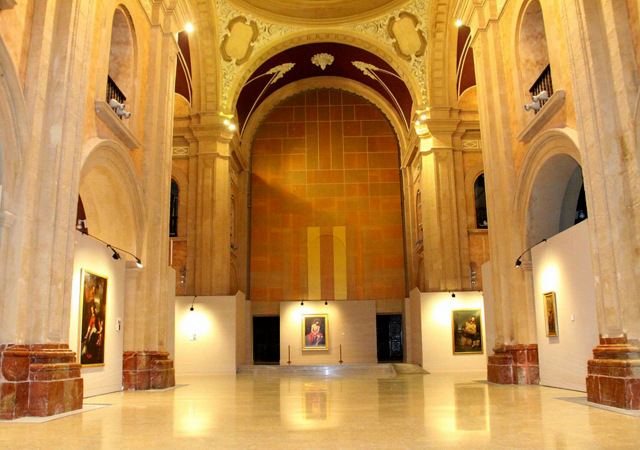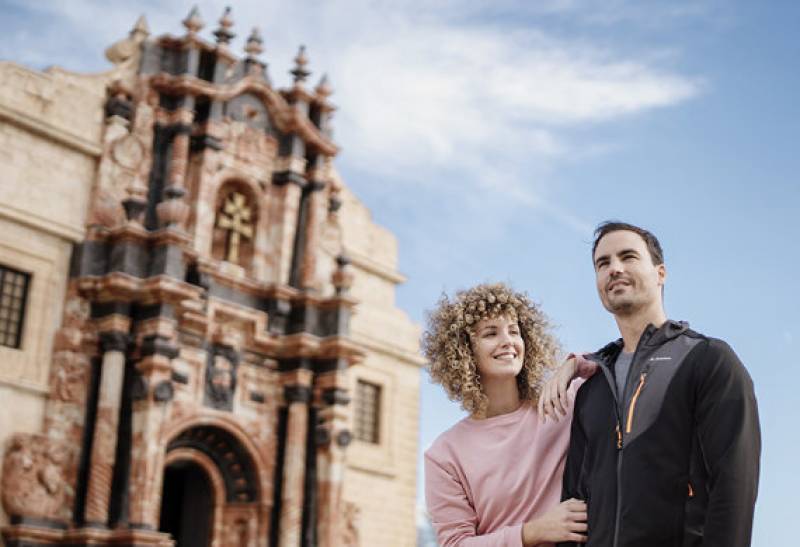Find more information by AREA, TOWN or URBANISATION .....
Cabo de Palos
Cartagena
El Carmoli
Islas Menores and Mar de Cristal
La Manga Club
La Manga del Mar Menor
La Puebla
La Torre Golf Resort
La Union
Los Alcazares
Los Belones
Los Nietos
Los Urrutias
Mar Menor Golf Resort
Pilar de la Horadada
Playa Honda / Playa Paraiso
Portman
Roldan and Lo Ferro
San Javier
San Pedro del Pinatar
Santa Rosalia Lake and Life resort
Terrazas de la Torre Golf Resort
Torre Pacheco
Cartagena
El Carmoli
Islas Menores and Mar de Cristal
La Manga Club
La Manga del Mar Menor
La Puebla
La Torre Golf Resort
La Union
Los Alcazares
Los Belones
Los Nietos
Los Urrutias
Mar Menor Golf Resort
Pilar de la Horadada
Playa Honda / Playa Paraiso
Portman
Roldan and Lo Ferro
San Javier
San Pedro del Pinatar
Santa Rosalia Lake and Life resort
Terrazas de la Torre Golf Resort
Torre Pacheco
Aguilas
Aledo
Alhama de Murcia
Bolnuevo
Camposol
Condado de Alhama
Fuente Alamo
Hacienda del Alamo Golf Resort
Lorca
Mazarron
Puerto de Mazarron
Puerto Lumbreras
Sierra Espuna
Totana
Aledo
Alhama de Murcia
Bolnuevo
Camposol
Condado de Alhama
Fuente Alamo
Hacienda del Alamo Golf Resort
Lorca
Mazarron
Puerto de Mazarron
Puerto Lumbreras
Sierra Espuna
Totana
Abanilla
Abaran
Alcantarilla
Archena
Blanca
Corvera
El Valle Golf Resort
Hacienda Riquelme Golf Resort
Lorqui
Molina de Segura
Mosa Trajectum
Murcia City
Peraleja Golf Resort
Ricote
Sucina
Abaran
Alcantarilla
Archena
Blanca
Corvera
El Valle Golf Resort
Hacienda Riquelme Golf Resort
Lorqui
Molina de Segura
Mosa Trajectum
Murcia City
Peraleja Golf Resort
Ricote
Sucina
Urbanisations
CamposolCondado de Alhama
El Valle Golf Resort
Hacienda del Alamo Golf Resort
Hacienda Riquelme Golf Resort
Islas Menores and Mar de Cristal
La Manga Club
La Torre Golf Resort
Mar Menor Golf Resort
Mazarron Country Club
Mosa Trajectum
Peraleja Golf Resort
Santa Rosalia Lake and Life resort
Terrazas de la Torre Golf Resort
La Zenia
Lomas de Cabo Roig

Important Topics:
CAMPOSOL TODAY Whats OnCartagena SpainCoronavirusCorvera Airport MurciaMurcia Gota Fria 2019Murcia property news generic threadWeekly Bulletin
CAMPOSOL TODAY Whats OnCartagena SpainCoronavirusCorvera Airport MurciaMurcia Gota Fria 2019Murcia property news generic threadWeekly Bulletin












 Four years later, the first Rector of the school, Father Diego de Salazar, requested a change of location due to the many inconveniences of the first establishment, including a lack of water to irrigate the small market garden alongside it. In early 1592, the Jesuits received a licence from the Province of Toledo to move from the Ermita de San Bartolomé, which is believed to have been where the Clarisas monastery now stands.
Four years later, the first Rector of the school, Father Diego de Salazar, requested a change of location due to the many inconveniences of the first establishment, including a lack of water to irrigate the small market garden alongside it. In early 1592, the Jesuits received a licence from the Province of Toledo to move from the Ermita de San Bartolomé, which is believed to have been where the Clarisas monastery now stands. Building work continued for a long time. In 1614 the new patron of the Compañía de Jesús in the city was the Canon of Jaén Cathedral, Jerónimo Pacheco, and he gave the work fresh impetus with a much-needed injection of capital, but the building was still not finished when he died in 1620.
Building work continued for a long time. In 1614 the new patron of the Compañía de Jesús in the city was the Canon of Jaén Cathedral, Jerónimo Pacheco, and he gave the work fresh impetus with a much-needed injection of capital, but the building was still not finished when he died in 1620. Work was declared complete on 23rd August 1734, and the official inauguration took place on 19th October of the same year.
Work was declared complete on 23rd August 1734, and the official inauguration took place on 19th October of the same year.







